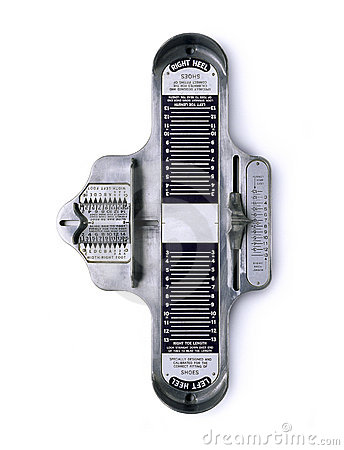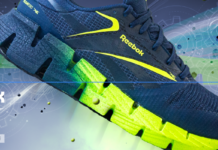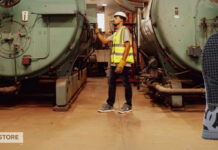Your work shoes can either help with foot problems or have the potential to cause foot problems – so it’s important that you get a pair that fit you properly.
Wearing comfortable shoes while you work can prevent many foot problems – especially when you’re out there working all day in all kinds of terrain. When the ground around you is unreliable, you’ll have the best way of dealing with that if you’ve got work shoes or boots that are molded nicely around you.
Based on our experience, we’ve put together a few things to think about when you’re about to buy your next pair of work boots – we hope they help you make the right choices:
- As you get older the size of your feet change, so get your feet measured before you buy your new shoes – you can’t always rely on a foot measurement taken when you were 18! The ligaments and other soft tissues in your feet start to relax and stretch out over the years. It means your feet will subtly change shape and size.
- Make sure to measure the length, width, and arch length of your feet. Measuring your arch is a really important part of the shoe’s fit.
- And don’t forget, when you do measure them, the best time is at the end of the day when your feet have gone through the rigors of the working world. Almost everyone gets some swelling in their feet by the end of a long day. It’s a simple trick, but you’ll be more likely to avoid getting shoes that are too tight.
- Stand up when you’re measuring your feet. When you’re up, you’re carrying your full weight, so your feet will spread out more. And if you can, get someone else to take the measurement because you need to stand tall with your weight centered over your foot. How you stand can affect the size and shape of your feet.
- Most people have one foot that is bigger than the other, so buy your shoes or boots based on the size of the bigger foot – no two feet are ever the same. You can buy all kinds of different pads and inserts that can take up room in the shoe if it’s a little too big, but you can’t do anything when it’s the other way around. But fitting your shoes to the larger foot does have a limit. If your feet are more than 1.5 sizes different, then you’re going to need two different sized shoes.
- Here’s a basic one, but make sure you choose a shoe that is shaped like your foot – it doesn’t pay to hope for the best with a shoe that just doesn’t look right for you.
- If the ball of your foot fits nicely into the widest part of the boot or shoe – at the end of a long work day your feet will thank you.
- Be patient! You don’t want to buy work shoes that are a size too small and expect them to stretch – wait until the size you know you need is back in stock.
- Generally speaking, shoes with laces are easier to adjust – shoes without laces aren’t as forgiving for any swelling you might run into on particularly tough and hot days.
- For maximum comfort and proper foot health, the upper part of the shoes should be made of a soft, flexible material to match the shape of your foot. For example, shoes made from full grain leather can help reduce the possibility of skin irritations.
- Find your soul mate – they should give you a solid footing wherever you go because your job can take you into all kinds of environments. Thick soles cushion your feet when walking on hard surfaces.
- Pay attention to the size of the heel – any more than 1.5 inches and you’re putting a lot more pressure on your foot.
- Make sure there’s enough room for your toes to move – if they’re struggling for room, you’re going to run into problems further down the track. Not having enough room for your toes may lead to corns, callouses, neuromas, or deformed toes.
- Leave half an inch at the front of the shoe and an eighth of an inch at the back of the shoe. You do not want the back of the shoe too tight against the back of your heel. This can lead to skin irritation and blisters.
- Once your new shoes or boots arrive, don’t be afraid to walk around in the shoes to make sure they fit and feel right. Try walking on as many different surfaces as you can and feel what kind of response you’re getting. That way you can be sure you know what you’re getting yourself into.
To sum up – there are lots of ways to help get your feet into a properly fitting pair of shoes, but the most important thing is to make sure the shoes or boots you buy work for you. You’ll thank yourself for spending a bit of time giving it just a little more thought. Find all your work footwear needs at Working Person’s Store.




